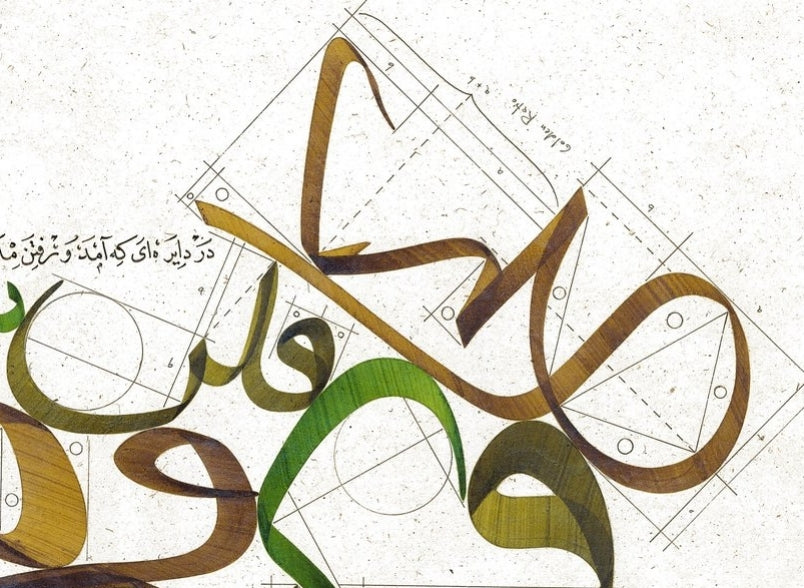Islamic art has been a vital part of Islamic culture for centuries, and its influence can be seen in architecture, calligraphy, and textiles. But what is "modern Islamic art"? How has it evolved, and what role does it play in today's society? In this article, we will explore the intricacies and diversity of modern Islamic art.
A Brief History of Islamic Art
Islamic art has a rich and diverse history, stretching back over a thousand years. During the medieval period, Islamic art was largely characterized by intricate geometric designs and calligraphy, often inspired by the Qur'an. With the rise of the Ottoman Empire in the 16th century, Islamic art became more ornate, featuring lush patterns and vibrant colors.

As the Islamic world modernized in the 20th century, so too did Islamic art. Artists began to experiment with new forms and techniques, drawing inspiration from a variety of sources, including Western art and popular culture. Today, modern Islamic art encompasses a wide range of styles and mediums, from abstract geometric designs to realistic portraits.
The Significance of Modern Islamic Art
Modern Islamic art is more than just a reflection of the artist's creativity – it is also a powerful tool for cultural expression and political activism. Many modern Islamic artists are using their work to challenge stereotypes and promote greater understanding between different cultures.

In addition, modern Islamic art often serves as a bridge between traditional Islamic values and the modern world. By incorporating elements of traditional Islamic art with modern techniques and styles, these artists are helping to keep their cultural heritage alive and relevant in the 21st century.
Key Elements of Modern Islamic Art
Calligraphy

Calligraphy has long been an important part of Islamic art, and it continues to play a central role in modern Islamic art. Whether used as an abstract form or as a way to write out Qur'anic verses, calligraphy is a versatile and dynamic medium that is still widely used by artists today.
Geometric Designs

Geometric designs have always been a hallmark of Islamic art, and they remain an important element of modern Islamic art. From intricate tessellations to bold abstract forms, geometric designs continue to inspire artists and captivate audiences.
Color and Light
Color and light are also crucial elements of modern Islamic art. Whether used to create vibrant abstract compositions or to evoke a mood or feeling, color and light are powerful tools that can bring a work of art to life.
Frequently Asked Questions
What is the origin of modern Islamic art?
- Modern Islamic art has its roots in traditional Islamic art, which dates back to the 7th century. However, modern Islamic art represents a new direction, one that incorporates contemporary techniques and styles while maintaining its cultural roots.
What are some common forms of modern Islamic art?
- Some of the most popular forms of modern Islamic art include calligraphy, abstract forms, illustrations, and mixed media.
Why is modern Islamic art significant?
-
Modern Islamic art is significant because it reflects the beliefs and values of Muslim societies, as well as addressing social and cultural issues. It is also a means of exploring spiritual themes and expressing creativity.
Conclusion:
Modern Islamic art is a rich and diverse field, reflecting the cultural heritage of Muslim societies and capturing the imagination of audiences around the world. From intricate calligraphy and abstract forms to illustrations and mixed media, modern Islamic artists are pushing the boundaries of artistic expression and exploring a wide range of themes and motifs. Whether you are a fan of traditional Islamic art or are simply drawn to the beauty of contemporary styles, modern Islamic art is a fascinating and rewarding subject to explore.

